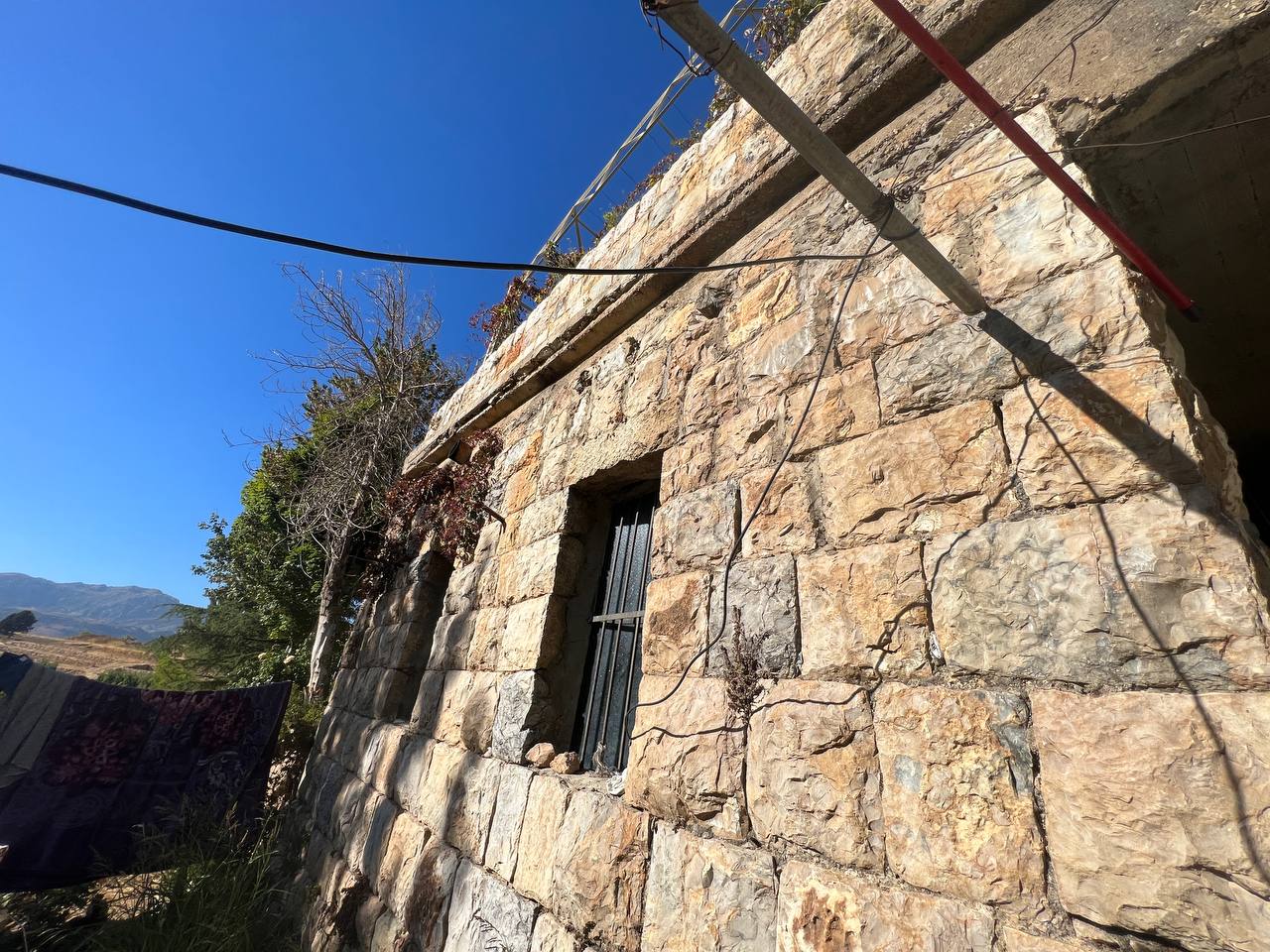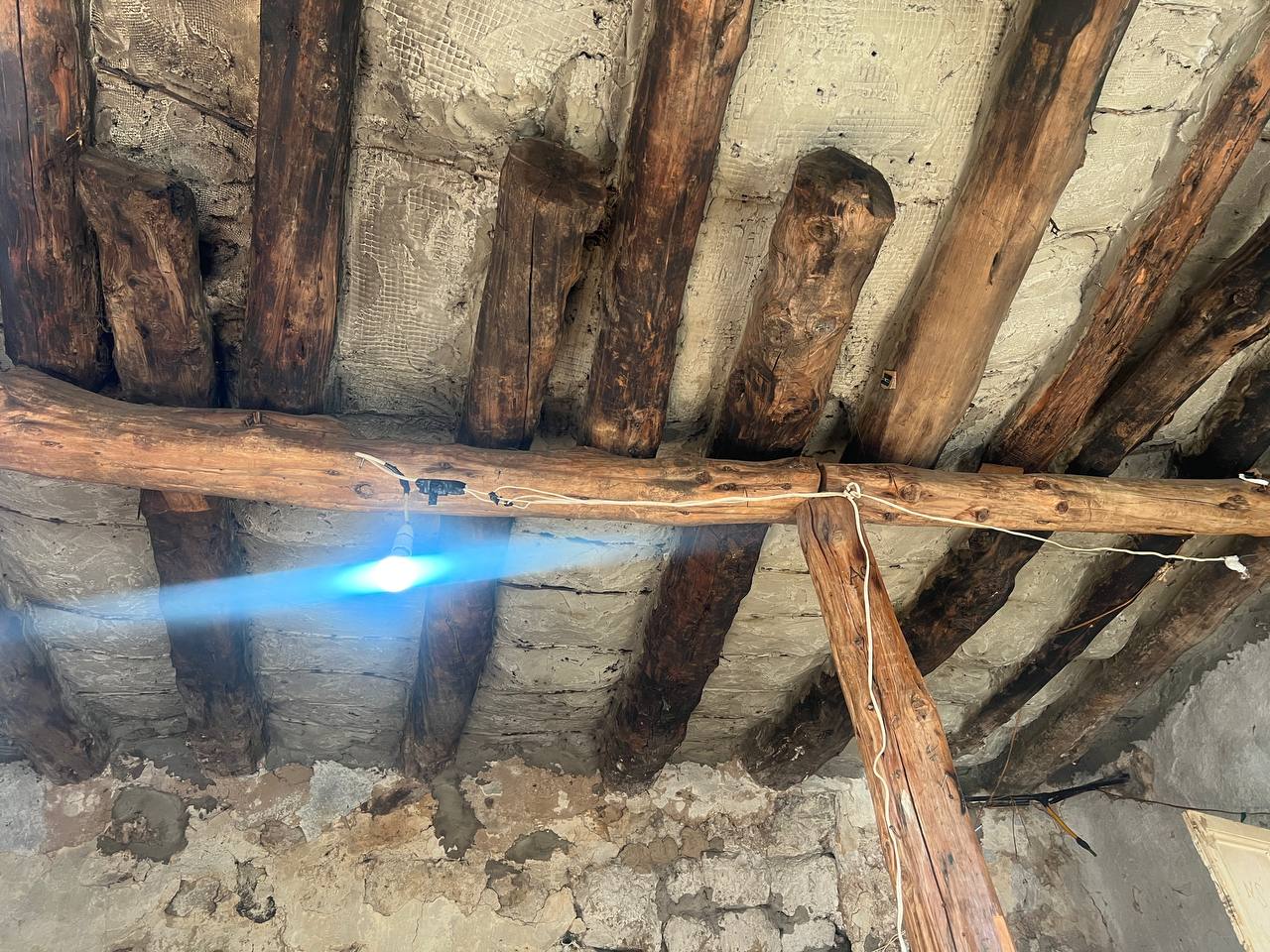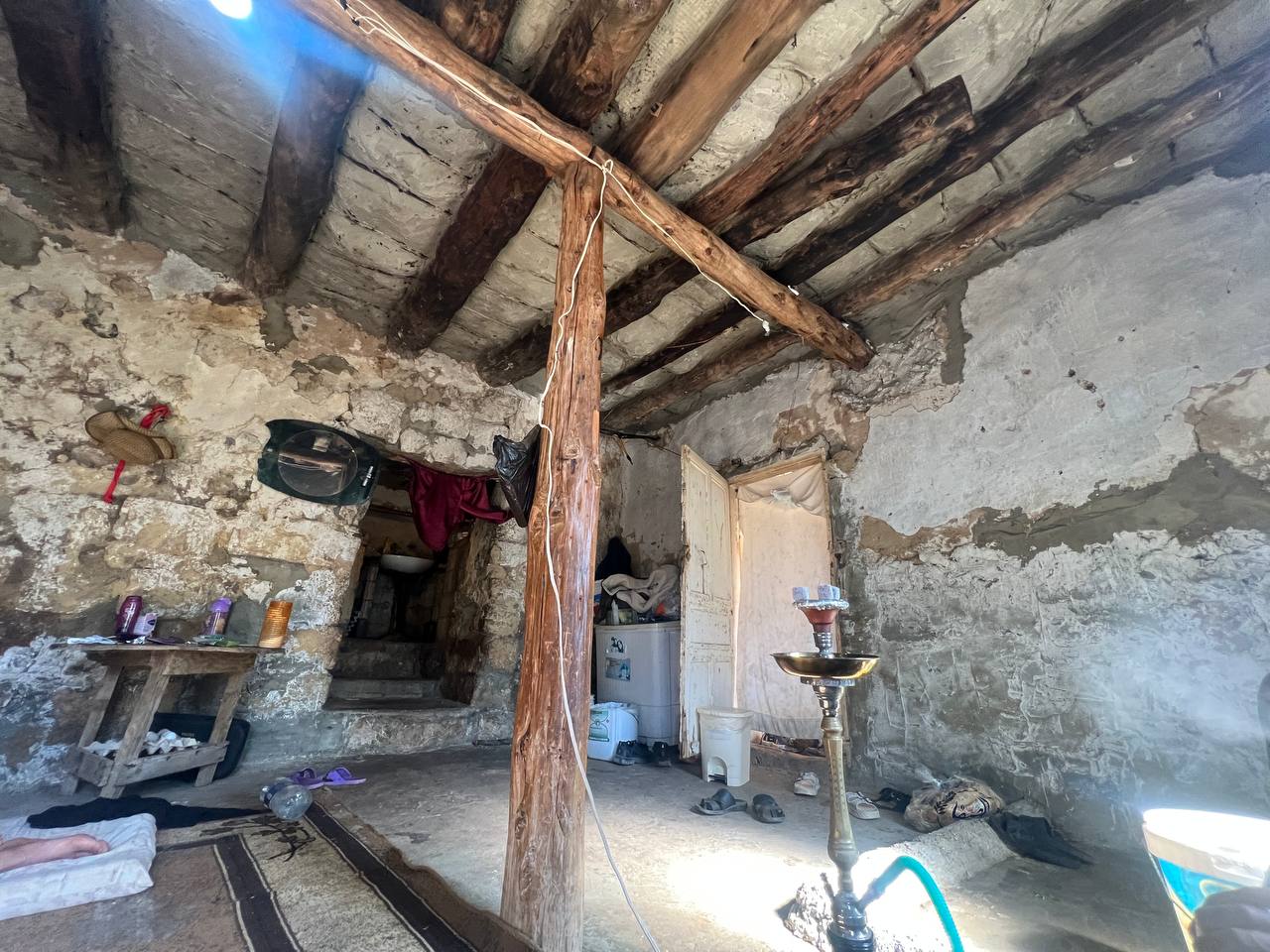Very old Lebanese house architecture — typically referring to homes built before the 18th century (from Phoenician, Roman, medieval, and early Ottoman times) — reflects a deeply rooted connection to the land, climate, and local materials. These homes are more vernacular and utilitarian than the more refined 19th-20th century mansions, yet they embody the essence of Lebanon’s ancient architectural identity.
Key Characteristics of Very Old Lebanese House Architecture
1. Flat or Domed Roofs (Pre-Red Tile Era)
-
Unlike the later sloped red-tile roofs, very old houses often had:
-
Flat earthen roofs made of timber, reed mats, and clay.
-
Or stone barrel vaults or domes (in mountain regions), to withstand snow and rain.
-
Domed roofs also allowed for water collection and passive cooling.
2. Thick Rubble or Ashlar Stone Walls
-
Built using field stones or cut limestone, often without mortar (dry-stacked), or with lime-based mortar.
-
Walls were thick (sometimes up to 1 meter), offering insulation and strength.
-
In mountainous or rural areas, houses were partially dug into the slope for stability and thermal regulation.
3. Small Openings
-
Very small windows or slits to reduce heat gain and increase protection.
-
Wood shutters were used, but glass was rare or absent.
4. Minimal Ornamentation
-
Decoration was mostly functional — wooden lintels, stone corbels, or carved door frames.
-
Surfaces were sometimes coated with lime plaster to reflect heat and protect stonework.
5. Earth-Toned Materials
Structures blended into the landscape with natural colors (beige, ochre, dusty rose).
Materials: mud brick (in some inland areas), stone, timber, and clay plaster.







 Chat with US
Chat with US